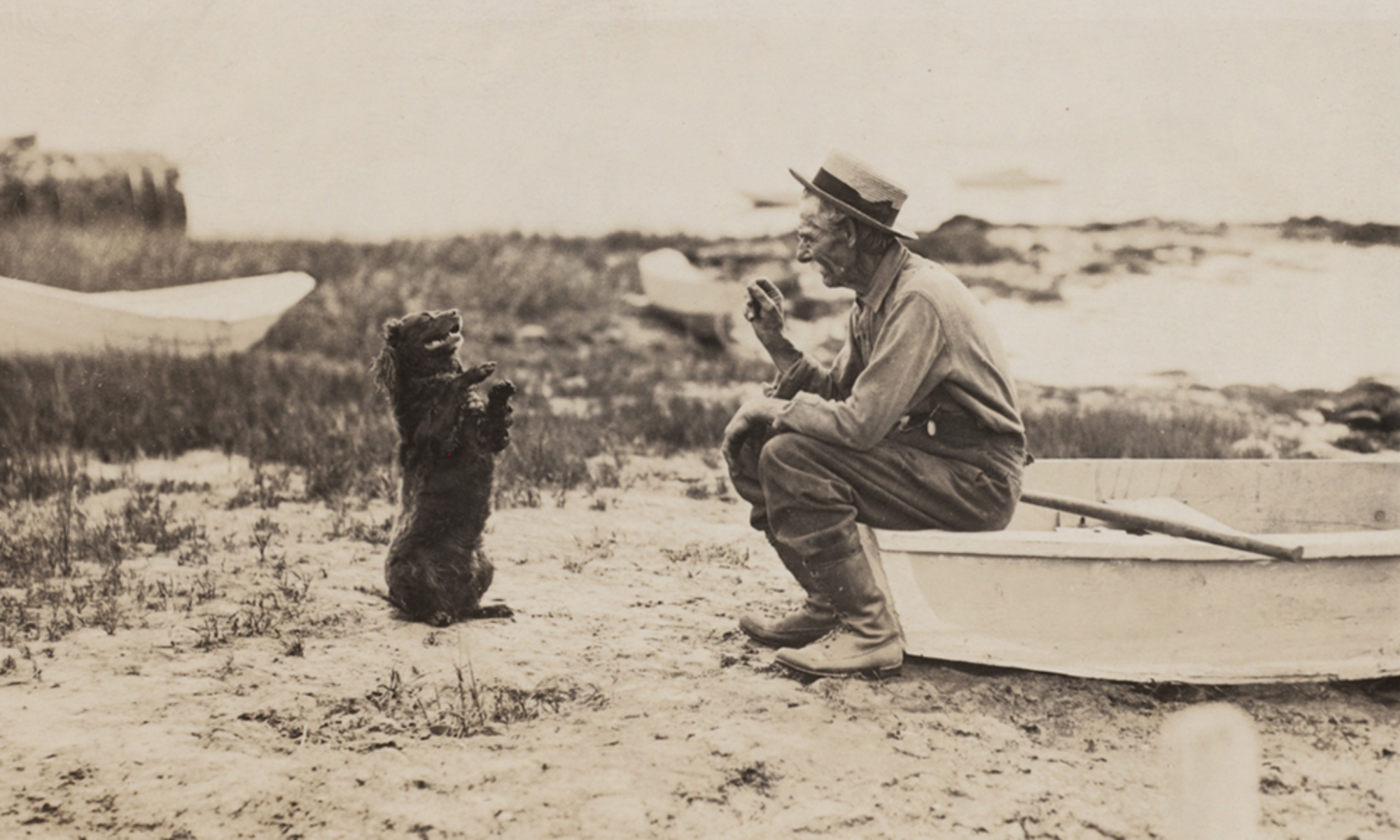When looking at historical texts, it is especially exciting to stumble upon a manicule. You may not know the symbol by this particular name, but I’d be willing to bet that you’ve seen this punctuation mark before: a pointing hand, drawing attention to a particular line or passage. I’m particularly referring to manicules when they appear as marginalia, or notes in the margins of texts.
☞ This name comes from the Latin root, manicula, for “little hand.” However, this symbol has been referred to by many names, in fact, including “hand, hand director, pointing hand, pointing finger, pointer, digit, fist, mutton fist, bishop’s fist, index, indicator, indicule, maniple, and pilcrow,” and William H. Sherman, Professor at the University at York, goes as far to suggest that “it may be the most pervasive feature in the history of textual culture that does not have a standard name.”¹ Sherman also argues, “between at least the twelfth and the eighteenth centuries, [the manicule] may have been the most common symbol produced both for and by readers in the margins of manuscripts and printed books.”² These symbols varied widely in appearance; any cursory web search will give you a taste of their individualistic flair.
I’ve found several manicules among the materials here in the Local History Room.

This first document is a deed for 100 acres of land from James and Joseph Cook to Wrestling Brewster and Joseph Holmes, signed January 22, 1735 (though this is a copy of the original document). The manicule here in the left margin is hastily scrawled, but you can see how it is combined with underlining to focus attention on important information, specifically the right of the grantees to the Holmes Mill and the privilege of the stream.

The second document is a deed for Forge Privilege from James and Joseph Cook to Nicholas Sever, Wrestling Brewster, and others, signed January 14, 1736 (this, too, is a copy of the original document). Again, the manicules here in the left margin point to critical information, the first marking the grantees’ intention to erect a forge or iron mill on the steam flowing from Jones River Pond (Silver Lake) at the site of the Holmes Saw Mill , and the second marking the privileges of the grantees. The manicules between these two documents are so similar stylistically , it’s reasonable to speculate that they were drawn by the same individual.
☞ Manicules may seem insignificant upon first glance, but the fact that they’re readers’ marks makes them special, as they’re a remnant of someone’s encounter(s) with that text. A manicule’s appearance is a reflection of the person who drew it: whether fanciful and elaborate, minimal and discrete, or even anatomically accurate as some can be, they are personal reference marks intended to impose order on sometimes unwieldy texts. They were drawn to more easily navigate and retrieve information from that text in the future, and I suppose that appeals to the archivist and librarian in me.
And you, do you annotate the books you read (when they’re not library books, that is)? Is this symbol part of your note-taking? The next time an opportunity arises, consider the manicule.
- William H. Sherman, Used Books: Marking Readers in Renaissance England (Philadelphia: University of Pennsylvania Press, 2008), 33.
- Used Books, 29.
Source: Documents are from the Mary Hathaway Collection (MC21).
